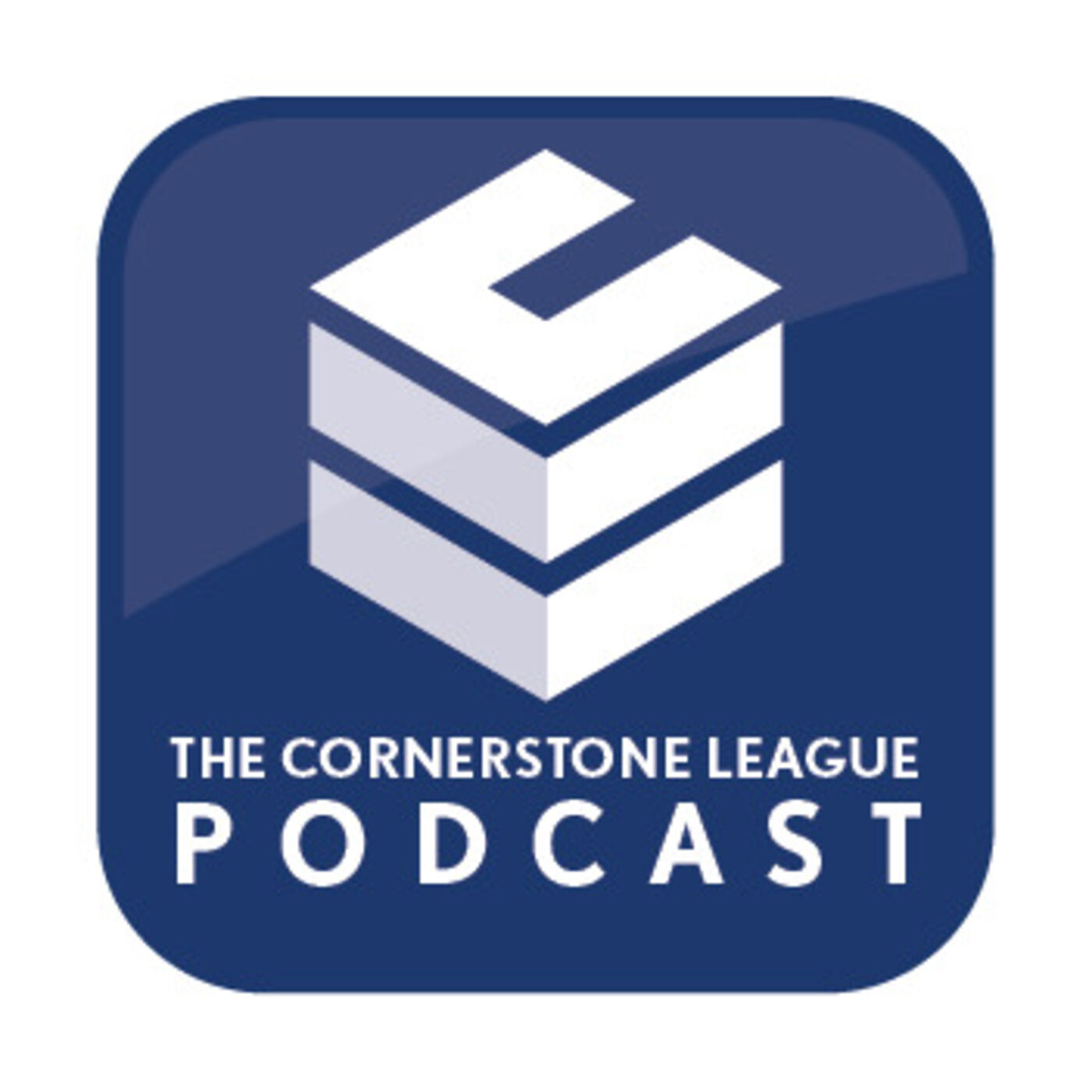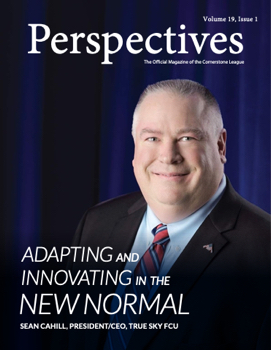
2019 Mid-year review: Trade and the Fed equal a six-month turnaround
By Sarina Freedland, senior investment officer, Catalyst Corporate Federal Credit Union
2019 began where 2018 left off … waiting for a resolution to the growing trade dispute with China and wondering what the next interest rate move would be. The Federal Reserve closed out 2018 with a 25-basis point rate hike that became hotly debated as soon as it was executed. We rolled into 2019 in the midst of what would become the longest government shutdown in history. From the beginning, it seemed the odds were stacked against the economy, even as we came off the best growth in 13 years. The one shining spot was a turnaround in the stock market, easily reaching new highs month-after-month. Conversely, bond yields began to move lower as the “R word”–recession–began to be tossed around. The unknowns that started the year are still in force as we approach the mid-point.
The concerns
Trade was front and center just about every month in 2019, with all the tension involved in an episode of Deal or No Deal. There was a constant barrage of comments out of Washington that kept the financial world on edge. Whether the news was about signing a trade deal, postponement of a trade deal, or additional tariffs, the back-and-forth tweets and reports out of Washington created new highs and lows in stock prices and bond yields. The trade disputes were not limited to China, but spread to Mexico, Canada, and the Euro region, threatening growth across the globe. By mid-year, a surprise tariff deal against Mexico was averted, as the dispute with China was intensifying. As negotiations continue between the U.S. and China, the threat of an additional 25% tariff on $300 billion of imported Chinese goods weighs heavy on U.S. companies and consumers.
The economy remains strong despite the trade wars. Consumer spending is back on track after a slow start to the year. The labor market continues to be healthy, with job gains well within the range of stable growth. The unemployment rate is at a 50-year low, signaling a tight labor market. The number of job openings exceeds the number of unemployed people by over one million, a record level since 2000. Wages are steadily improving, especially for lower paying jobs. The one area where trade uncertainty is most evident is business investment. Companies have begun delaying expansion plans and equipment purchasing simply as a precautionary measure against the outcome of the trade wars. Manufacturing has also slowed down, as many orders were processed earlier this year in advance of trade tariffs taking effect.
Inflation remains the one sticking point in the economy that is creating a lot of confusion among economists and Fed members. The Federal Reserve has set a target of 2% for inflation. While remaining committed to this level, the Fed has acknowledged it is taking longer than they expected to achieve this goal. The most recent measure of core Personal Consumption Expenditures Price Index (PCE) is 1.6%. The Fed has suggested low inflation is largely due to transitory effects that will soon disappear, namely falling energy prices and an unusual drop in apparel prices earlier in the year. However, month after month of low inflation indices is making it difficult to believe weak pricing is only temporary.
Aside from trade, the Federal Reserve was the most volatile force for the financial markets during the first six months of the year. After raising interest rates for the fourth time in 2018, the Fed did a 180-degree turn with several stops along the way. March was a turning point for the financial markets, when the Fed announced that patience was the new modus operandi. As trade tensions increased, it wasn’t much longer before the Fed took the next step and forecasted an end to raising interest rates in 2019. The Fed cited global economic weakness, the continued uncertainty of the trade tariff issue with China, and stubbornly low inflation as some of the headwinds affecting the U.S. economy. The change in the Fed’s tone sent the stock and bond markets reeling for days. Treasury yields fell over 15-basis points in two days, and parts of the yield curve became inverted for the first time since 2007, as worries of an impending recession began to take hold. The fed funds future markets began to price in more than a 50% chance for a rate cut by September. The final change came at the June Federal Open Market Committee (FOMC) meeting. The Fed removed the word “patient” from their strategy and signaled closer monitoring was now warranted, as trade issues and global economic weakness were clouding the outlook for U.S. growth. The committee was not ready to cut interest rates quite yet, but many of the members believe a cut would be appropriate sooner rather than later. The anticipated drop in the benchmark lending rate quickly became labeled an “insurance cut”–better to lower rates now, before there is less room or less time to help the economy. The market quickly began to price in a 100% chance for a rate cut as soon as late July.
Where to now?
Needless to say, the economic outlook and direction of interest rates have changed dramatically over the past six months. The 10-year Treasury note is more than 6-basis points lower, the trajectory is headed below 2% versus above 3%, and the stock market continues to reach new highs. The yield curve is close to the lowest level in 12 years. Mortgage rates are 50+ basis points lower from year end, while auto rates are close to unchanged. For the first time in seven years, the difference between a 60-month auto loan and a 15-year mortgage is close to zero. Maintaining a healthy net interest margin will be a challenge for credit unions, as the Fed is poised to take interest rates lower. However, the economy is still strong and projected to grow 2.5%. Lending should remain strong for credit unions as consumers continue to reap the benefit of low interest rates.
Subscribe
Sign up to the receive the weekly Leaguer email. Existing subscribers can manage their subscription.

